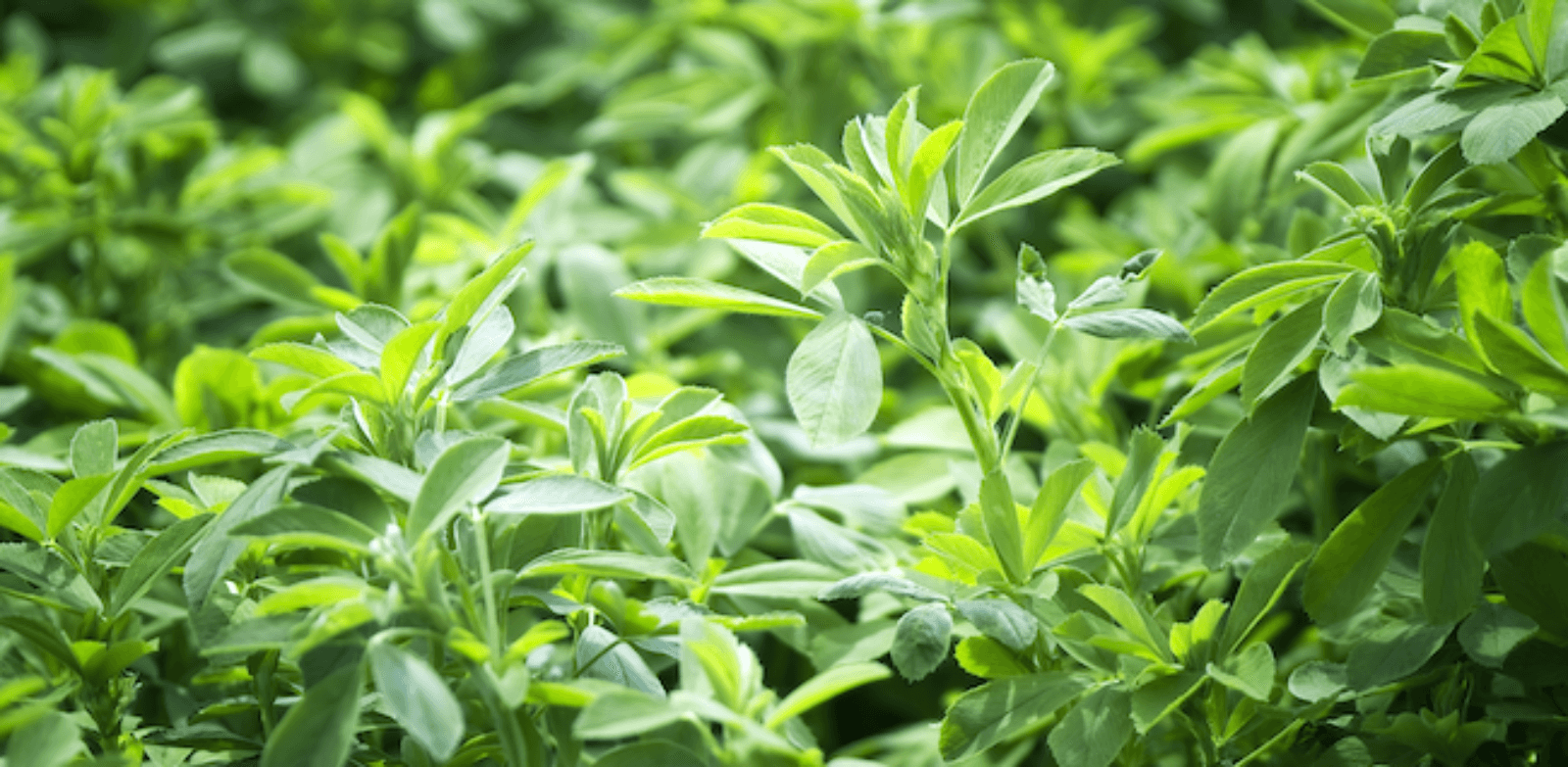Insight into Nature
by Alan S. Brown
The latest nanoscience news touches on proteins, MRI, blue diodes, and how legumes grow best

The Author
For years, many people argued that nanoscience (or nanotech) was a disappointment. Why? Because other technologies, like computing, artificial intelligence, data analytics, and smartphones (which are only 10 years old) have taken off and created entire industries. Yet, nowhere do we see an industry called nanotech. On the other hand, nanoscience is everywhere. Doing previously unheard of things like synthesizing synthetic molecules that act like proteins would be impossible without it. The same is true for creating blue LED diodes and MRI sensors that can read the location of atoms in a molecule. Nanoscience may not be an industry, but it is a collection of insights and techniques that show up in a lot of surprising places.
Transporting something across a membrane is a challenge in applications as diverse as water desalination, batteries, and pharmaceutical and biofuels production. Nature’s transmembrane proteins do this effortlessly, quickly moving charged particles and biochemicals in and out of cells. Researchers have tried to copy their structure, but cannot match nature’s speed. Now, Ting Xu, a member of the Kavli Energy Nanoscience Institute at UC Berkeley, has found a way to match nature. The molecules she synthesized move protons (but not other positively charged particles) across an acrylic film membrane at speeds seen only in nature. But the real shocker here is that instead of trying to copy natural proteins, Xu took an entirely different approach to building her polymers.
Researchers led by Tim Taminiau and Joe Randall of the Kavli Nanoscience Institute at Delft Technical University have developed a way to use magnetic resonance imaging (MRI) to “photograph” individual molecules and the atoms in them. MRI (and nuclear magnetic resonance) systems work like antennas to read the tiny magnetic fields of atomic nuclei in the object they are studying. Their problem, at least when it comes to observing atoms, is that they only focus on large groups of atoms rather than nanoscale structures. In order to determine the magnetic field and position of individual atoms, Taminiau takes advantage of a flaw that occurs naturally in diamond, where a single nitrogen atom replaces two carbon atoms. He uses that flaw to trap a single electron spin, which acts as an atomic-scale sensor that reacts to nearby atomic fields. The resulting system could provide unprecedented insights into the structure of life as well as synthetic materials.

Halide perovskite crystals are a growth industry for researchers because they make very efficient solar cells, are easy to manufacture, and—unlike silicon or gallium nitride—they work even if their crystals are not perfect. Now, researchers led by Peidong Yang, director of the Kavli Energy Nanoscience Institute at UC Berkeley, have found a way to turn them into blue light-emitting diodes. These diodes have what many would consider a fatal flaw: as temperatures rise and fall, their structure morphs and changes the wavelength of light they emit. That makes them impossible to use like an ordinary LED. Yet, to Yang, this is not so much a flaw as a door to the door to unexpected uses, such as using blue perovskite LEDs for light and chemical sensors.
Legumes, such peas, alfalfa, clover, and peanuts, are outliers in the plant world. This is because they team with rhizobia, a microbe in the soil, to generate nitrogen fertilizer for themselves. This happens when the plant releases a metabolite (a flavinoid) that tells the rhizobia that it’s hungry. Yet it turns out that adding carbon-based organic matter to soil—something farmers frequently do to encourage legume growth—can actually reduce communication between the plant and its microbes by up to 70 percent, according to research led by Johannes Lehmann, a member of the Kavli Institute at Cornell for Nanoscale Science. The finding shows that flavinoid-rhizobia communications are more complex than we realized, and could lead to more optimal ways to grow legumes.